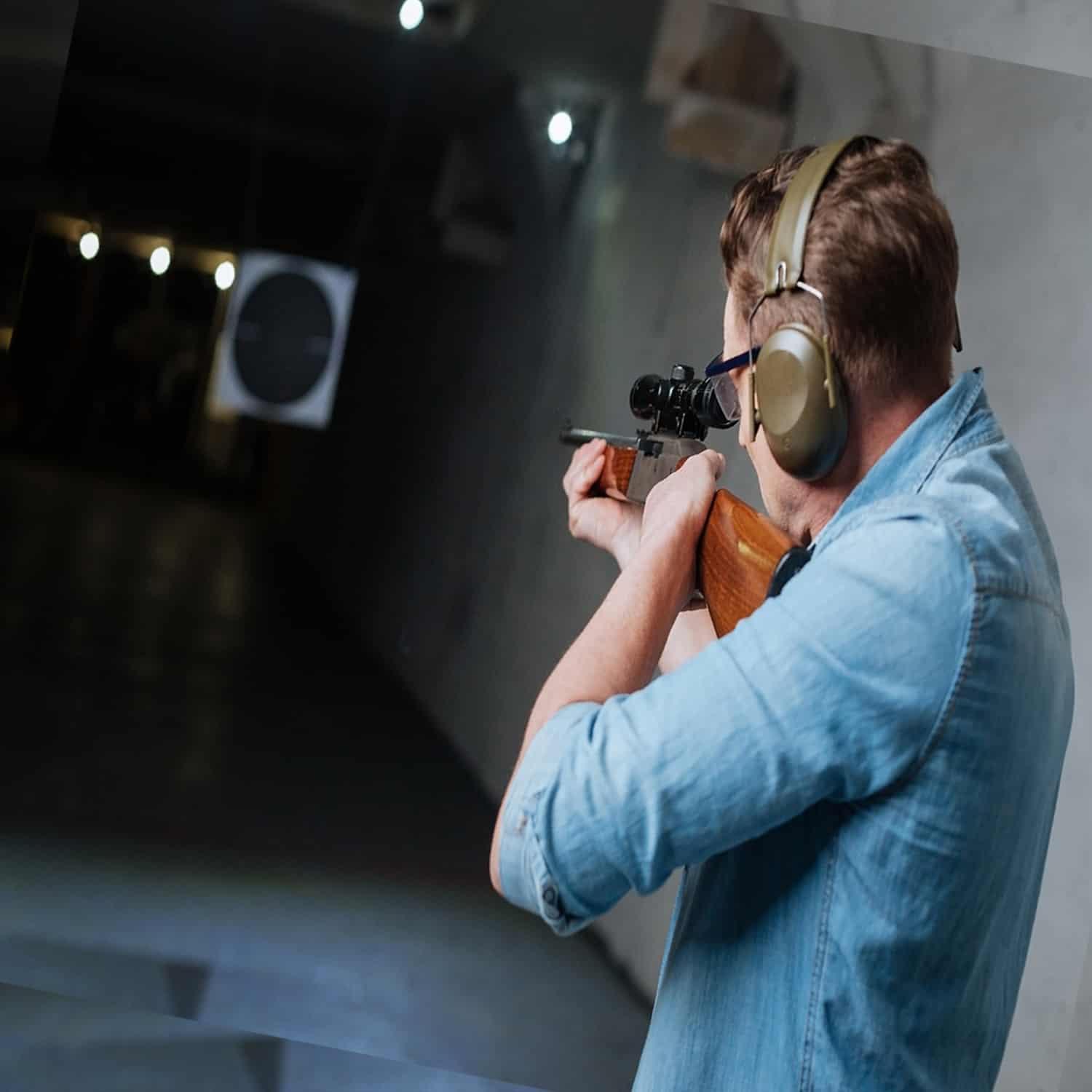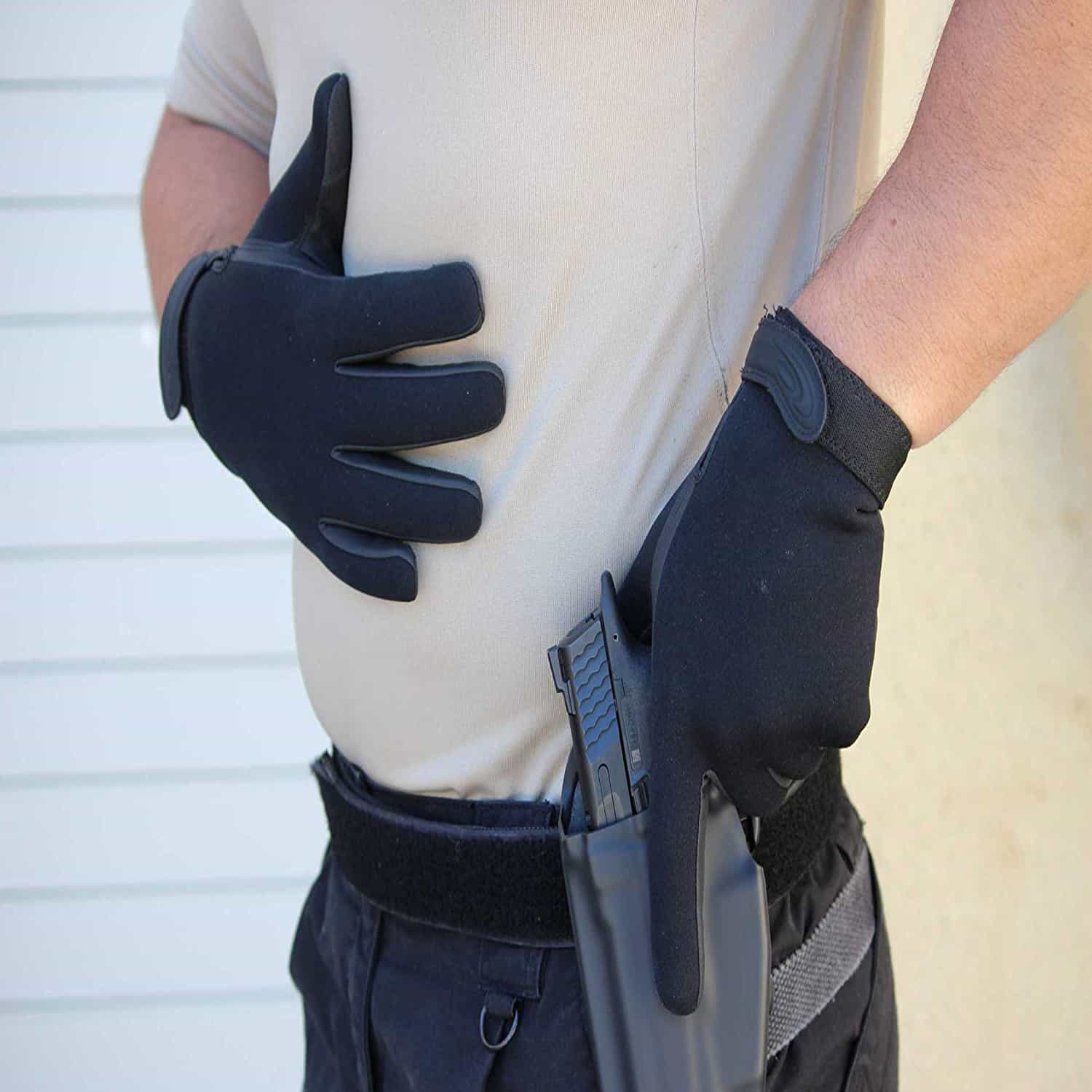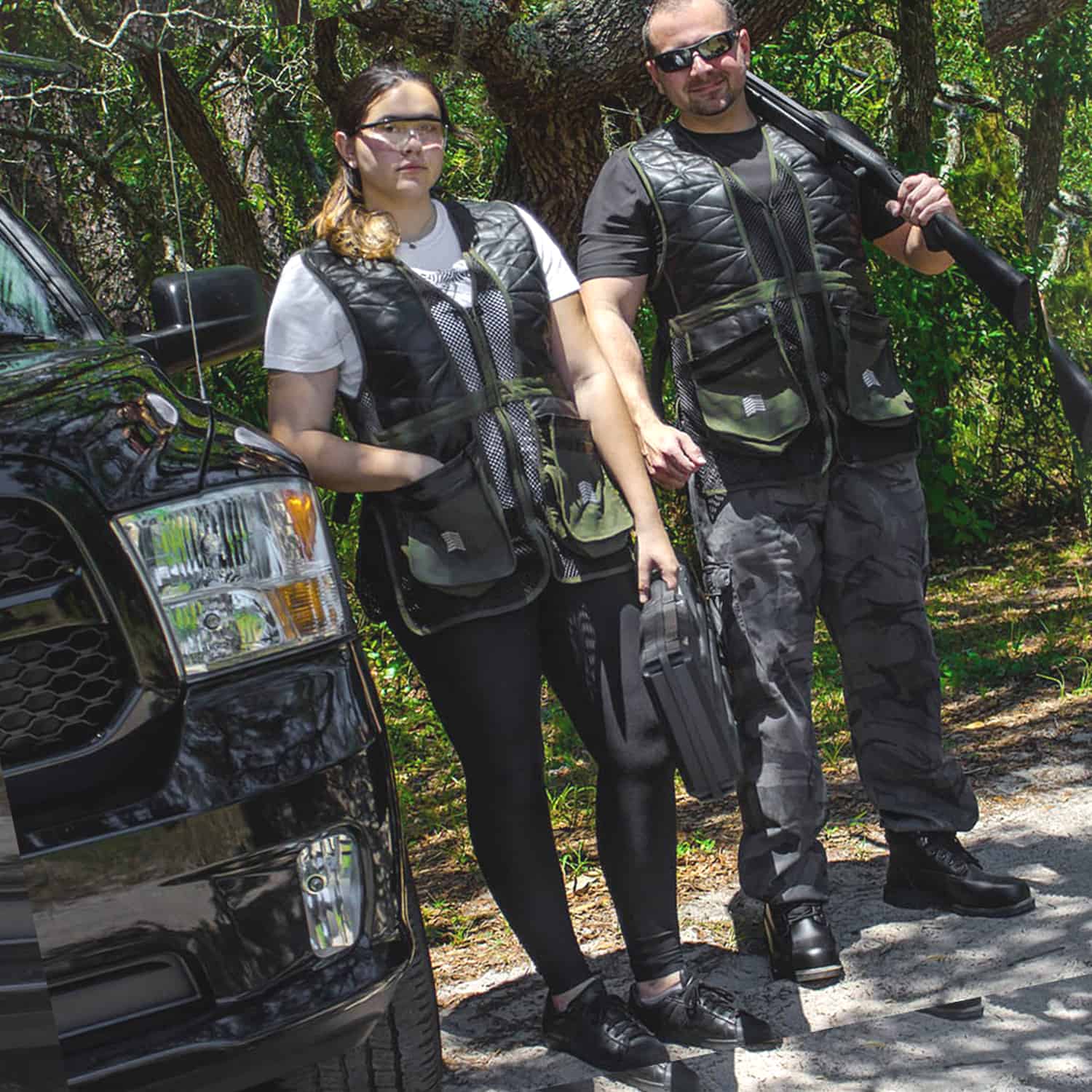The sensible thing to do would be to create your own shooting range. One where you could stay inside so that you could shoot year-round, without having to worry about the time and expense of going to a club or range. If this interests you, here are some steps you should follow if you want to build your own indoor shooting range.
#1 Find Out the Legalities.
Before you get too involved in building your own range, it is important for you to discover if you are legally to this. You should check with the state and local laws to see if these kinds of ranges are allowed to be built on private property.
What you are likely to find is that it is permissible, but only you or members of your immediate family who live on the property would be allowed to use the range. You cannot charge anyone to come out and you are unlikely to be able to invite others to use your range. If you do, you would be subject to all kinds of government regulation which you sure don’t want to occur.
#2 Find a Spot to Breath.
No matter what building you are using for your range, you want to ensure that it has the proper ventilation to it. Consider that fumes that can be dangerous for your health are released during the discharge of your weapon, which could be dangerous for you to breathe in. You want to choose a location that allows you to breathe properly and to have the continual flow of fresh air.
#3 Stop That Bullet.
You don’t need Superman to stop the bullets, but you will need some kind of contraption that will capture and stop the bullets from continuing. You clearly don’t want bullets shooting outside through the wall of your barn, so finding a material that will stop the bullet 100% of the time is imperative.
This can be accomplished in a number of ways, but your first consideration should be to choose options that provide layers of protection. For example, you could put in a concrete wall that goes 12 inches thick and that should do the job in most cases, but that should not be your only level of protection. You should consider using a sand stop which traps the bullet. This can be done by placing three or four layers of sandbags in front or behind the wall.
#4 Protect Your Ears.
The discharge of a firearm can cause damage to your hearing, but when this occurs indoors the potential for ear damage is much worse. Make sure that you get the proper ear protection to cover your ears while you are practicing.
#5 That Is the Target.
It wouldn’t be a whole lot of fun to set up an indoor shooting range on your property if all you did was shoot at sandbags or of concrete wall. That would get kind of boring. Instead, it is a good idea to get yourself some fetching targets.
These are beneficial for a number of reasons. First off, they give you a target for you to practice on, letting you know how accurate your shots are. In addition, these usually come with an additional layer of protection to slow down or stop the bullets so that you have less of a concern about safety.
#6 Where and How Much?
While all of these things are important considerations, it is also important for you to consider the costs involved and where you will set up your indoor range. Clearly, you cannot do this in your apartment complex. There are probably many laws within your city that dictate where such a range would even be permissible. You may even find that you still have to get a permit to be able to open your shooting range on your own property.
As we have touched on, choosing a basement may not be the ideal location. While it has many of the safety features you may desire, like thick walls, there is also the concern about ventilation. However, this can be overcome by adding windows or choosing to get a large fan.
Costs involved are going to vary depending upon the kind of equipment and the location you choose. For example, if you decided to use your basement you may need nothing more than some sandbags, some targets, and a large sized fan to get started. This may cost you know more than a few hundred dollars to begin your operation.



